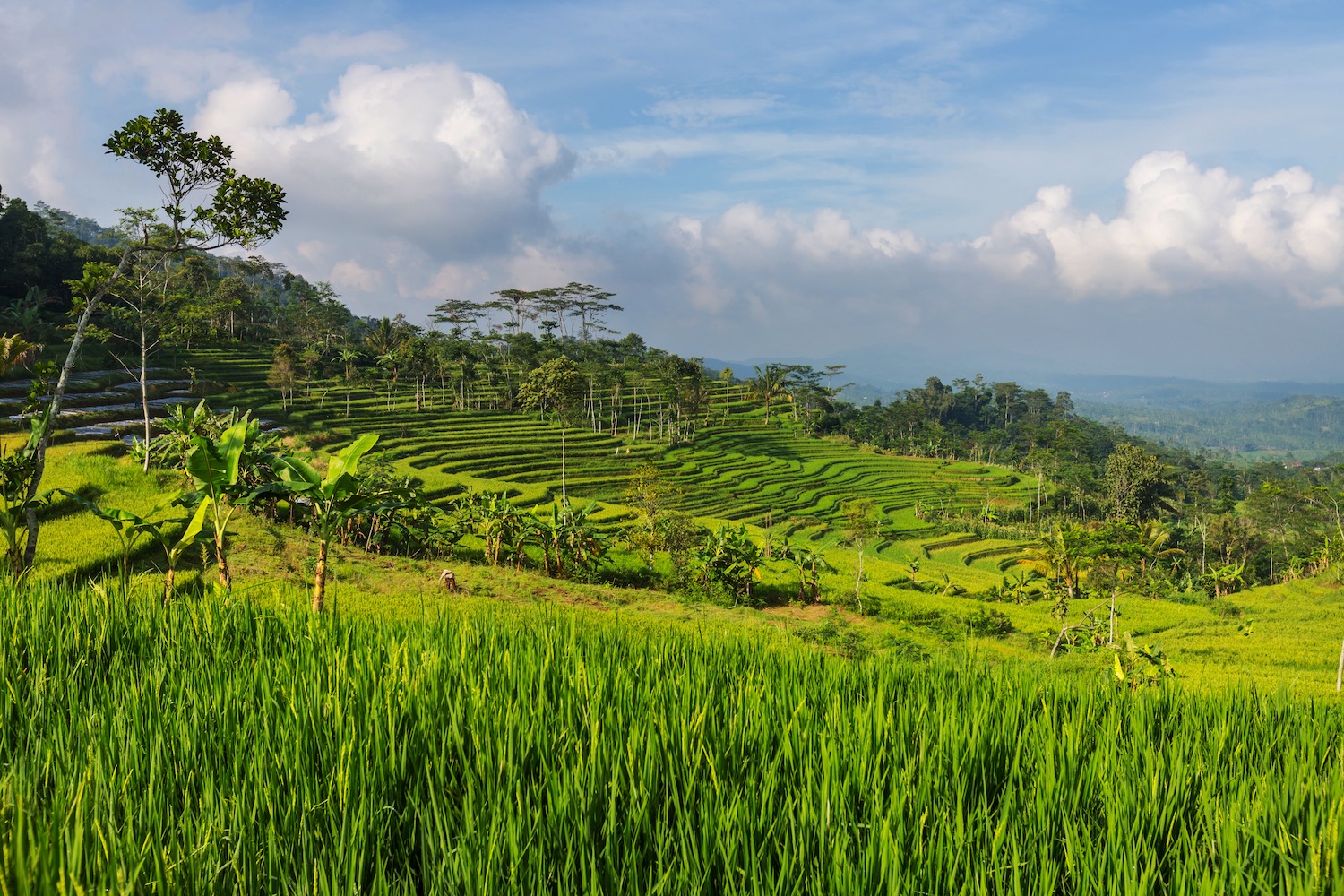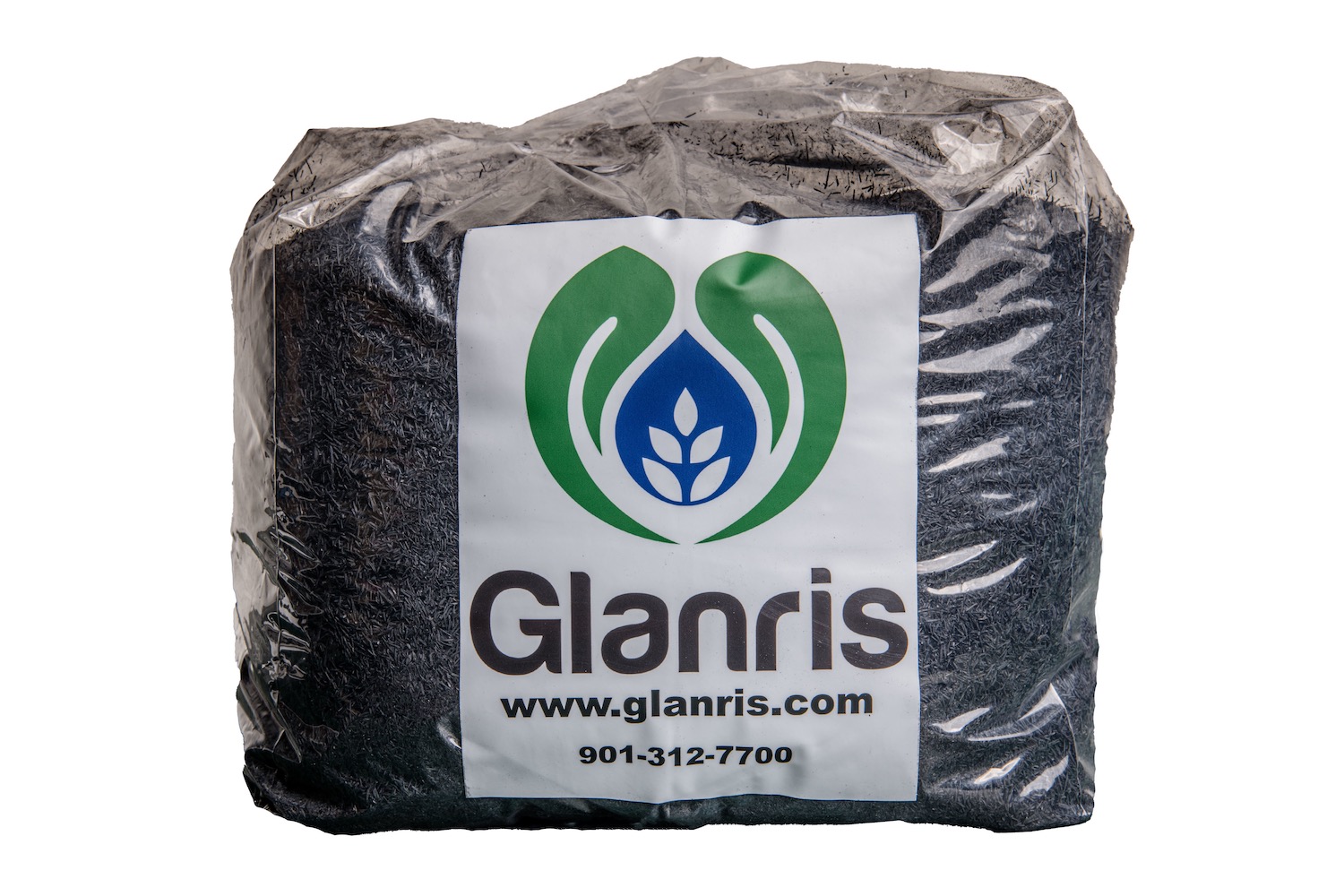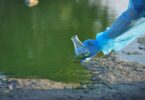EXCLUSIVE INTERVIEW: H2O Global News’ Natasha Posnett spoke with Glanris CEO Bryan Eagle about their new water filtration media and how it could benefit the environment, the economy and the global water crisis.
In many parts of the world clean water is taken for granted with little thought given to how it got to the tap ready to be used. Water filtration is that essential step. It is required globally to provide clean water which is free of chemicals, bacterial contaminants and heavy metals. However, it can often be an environmentally damaging procedure, requiring lots of toxic chemicals, producing high volumes of waste and harmful greenhouse gases into our atmosphere.
The choice of technologies and materials can play an important role in mitigating these issues. An area that is being researched further is the filtration media which is used to clean the water. One company, Glanris, has found a solution in the unlikely form of rice hulls! As an agricultural waste material, rice hulls are an environmentally friendly media choice for water filtration and form the basis of new technology that could benefit the environment, the economy and the global water crisis.
Environmental innovation at the core of the company
Glanris has produced the world’s first sustainable, hybrid filtration media that filters both organics and metals out of water. Their 100% environmentally friendly technology is made from discarded rice hulls. Glanris has managed to turn a common agricultural waste product into a high performance, low-cost water filtration media which can be used to clean water in industrial, municipal and residential applications.
The Glanris 901x has better performance at a lower cost than traditional filtration media. It removes organic contaminants faster than activated carbon and dissolved metals as effectively as ion exchange resins. Furthermore, Glanris 901x removes a broader range of contaminants, works over a wider pH range and has faster kinetics which allows for maximum filtration in a shorter period of time.
Glanris CEO, Bryan Eagle said: “The key is that we’re better, faster and cheaper! We set out to create a sustainable solution for water filtration that can immediately impact our global use of water. We also wanted to create a media that would lower the cost for companies wanting peak filtration performance and at the same time want to do something better for the planet. We have taken the world’s largest agricultural waste product and converted it into a sustainable solution for solving the world’s water needs.”

Rice Fields
Rice hulls as a water filtration media
Rice hulls are one of the most abundant agricultural waste products on the planet. They create disposal issues for the farmers and frequently end up being burned in the fields, a terribly environmentally damaging practice which causes harmful air pollution and accelerates climate change. By reusing the rice hulls, previously thought of as a waste product, Glanris is enabling communities to become more sustainable in their practices, as well as promoting environmental awareness.
But it is not just the fact that they are an abundant waste product which makes rice hulls a great media for water filtration. Their unique thinness and high surface area to volume ratio endows them with fast kinetics, allowing them to adsorb the organic contaminants efficiently. Glanris 901x filters the water faster than conventional methods.
Eagle went on to explain: “Rice hulls are also easy to collect. All the rice from fields all over the place have to go to a mill to be processed. This makes them very condensed. Here in Arkansas, the rice belt of the US, I only have to go to 6 different mills to pick up billions of pounds of rice hulls and they’re already processed and there waiting for me. It’s very efficient and cost-effective from a manufacturing standpoint. This efficiency and our patented manufacturing process allow us to make our media so inexpensively compared to others.”

Glanris small bag
How will this technology help?
Environmentally, using rice hulls as a filtration media can help to make a positive difference in the water industry. It is a sustainable practice which offers a safe option for long term use without negatively impacting the environment. The media is made by repurposing a waste product, whilst at the same time reducing air pollution by preventing mass scale burning and sequestering carbon out of the atmosphere. Carbon sequestrations is one of the most effective tools for pulling greenhouse gases out of the carbon cycle. It is a long-term solution because it removes the carbon from the atmosphere for thousands of years. In addition, it is non-toxic and biodegradable ensuring that its end-of-life disposal is easy and environmentally harmless.
Eagle explained: “The environmental benefits were one of the things that got me really excited about Glanris 901x. We can help to address local air pollution issues around the world and sequester carbon dioxide out of the atmosphere.”
From an economic perspective Glanris 901x could also have a beneficial impact. Because rice is grown on every continent it generates the possibility of creating green jobs globally, and green jobs are key for both sustainable development and to help develop the environmental consciousness of other countries.
“I think green jobs are the future, which is what we’re all about at Glanris. If we’re going to save this planet, we need to have more jobs and more parts of the economy built around a green future. Our vision is not to be a single solitary manufacturer in the US that ships around the globe, but to produce our media everywhere that rice is grown. Our manufacturing technology is relatively inexpensive to set up, so we would love to see these green jobs around the world. This would not only benefit the local environment, but also the local economy. We would be paying for the rice hulls, instead of them getting burned, so more money would be put back in to the hands of the farmers. Hopefully overtime this would allow them to adopt more sustainable technologies as they get more income. We see a ripple effect in the future for what we’re doing.”
Eagle went on to explain how their media will help companies when it comes to addressing the global water crisis: “Fresh water is a finite resource and with population growth continuing every year we are running out. We need to start reusing the water we are using today and start desalinating more. Both of these require sustainable, less expensive filtration technologies.”

Raw husks and procesed
The way forward
Innovations such as Glanris’ rice hull filtration media are the way forward. We need to progress with new technologies to achieve a more sustainable society. Glanris has shown that it is possible to use a globally abundant waste product and turn it into a sustainable media for water filtration while addressing environmental and economic concerns. This is just the start of the journey for Glanris and their applications, but hopefully one that will grow around the world in the near future.
Eagle concluded: “I think what we can achieve at Glanris is pretty exciting, and all green!”
Do you have an article to share? Click here to submit. If you’d like to subscribe to our weekly newsletter, click here.







